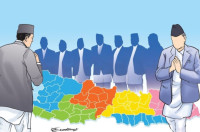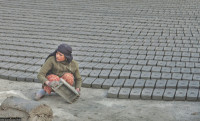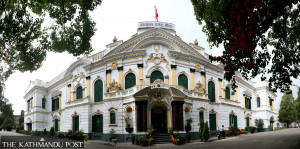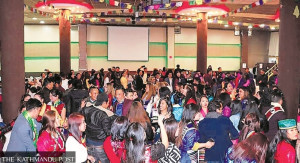Columns
Of dictators and development
Luck, rather than planning, explains the occurrence of a dictator with all the right combinations.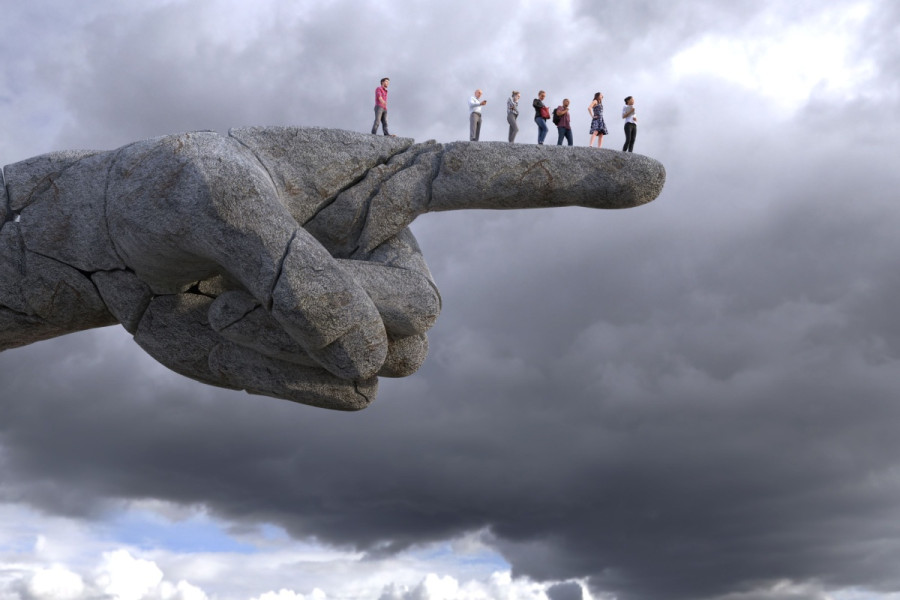
Sushav Niraula
Frustrated Nepalis express a common sentiment: ‘Nepal needs a benevolent dictator like Lee Kuan Yew’. While the benevolent bit is not vocalised, it remains an underlying assumption that the dictator is well-intentioned and public-spirited. Compared to the other rationale for inviting monarchs and dictators—for example, preserving Nepal’s Hindu identity—which is fundamentally exclusive, it is easier to cut some slack to the benevolent dictator call. The call stems from a desire to expedite economic growth and accelerate Nepal’s (economic) development, which the commentator believes has been stalled by the compromises of democratic politics.
In the current context of lacklustre performance by political parties, benevolent dictatorship remains an attractive proposition for many. But, seldom, there have been efforts to analyse the merit of the argument linking dictators and economic growth. Existing academic research combined with Nepal’s own experience with autocracy also helps explore the relationship between the two.
Dictators, miracles and disasters
The existing social science research finds a weak and non-robust relationship between economic growth and both the regime types—dictatorship and democracy, meaning that being a democracy or dictatorship has no influential bearing on the economic growth of a particular country. For autocratic regimes to experience higher economic growth, there is a need for democracy-like strong institutions in the form of legislatures, bureaucracy and independent judiciary.
Interestingly, compared to democratic regimes, there is a high variation in the growth rates of autocratic regimes. One of the flagship studies titled “Democracy and Development: Political Institutions and Well-Being in the World, 1950–1990” by Przeworski et al. that examined the economic growth rates of 141 countries between 1950 and 1990 found that autocratic countries dominated the lists of “growth miracles” and “growth disasters”. The findings are supported by recent studies that explore how, alongside cases like that of the East Asian tigers that experienced unnaturally high growth rates, there is a long list of autocratic countries that have gone through crises due to years of neglect and corruption.
The centralised decision-making power explains the high variance in the growth rates of autocratic regimes. Unlike democracies where negotiation and consultations bring some level of lag and inefficiencies and check in bad policies, the same is not the case with autocracies. As the decision-making rests on an individual, the mobilisational efficiency of these regimes leads to both sound and bad policies having extreme consequences, thereby creating miracles and disasters. But, more often than not, these regimes are limited in their capacity to allocate resources efficiently through sound policies. Often, personnel who end up as autocrats are reckless, extractive and feel no accountability towards the public. In other cases, benevolent autocrats are undermined by their close supporters who are extractive. To safeguard against these extractive tendencies, autocratic regimes require a degree of institutionalisation to limit the discretionary power of autocrats.
Nepali autocrats
Nepal has had autocrats—actual in former monarch Mahendra, Birendra and Gyanendra. Mahendra and Birendra’s 10-plus years of reign during the Panchayat regime provide sufficient data points to infer how they fare against an ideal “institutional strengthening benevolent dictator” who would promote economic growth.
Of the three, Mahendra displayed, albeit patchily, characteristics of a benevolent dictator. He had a “developmental” outlook, evident by expanding Nepal’s road network, establishing planning and research centres and hiring technocratic bureaucrats and ministers. But these displays were offset by contradictorily hiring and promotion based on loyalty, side-lining state institutions and certain hubris-laden decision-making common among dictators. These include cases such as constant side-lining of the Public Service Commission and using discretionary power for administrative reorganisation, creating ad-hoc and overlapping bodies to maintain centralised control, and the decision to maintain Nepali currency as equal to that of India—a decision that nearly led to an economic crisis.
Birendra, meanwhile, though well-natured, was not a natural leader and found himself constantly undermined by Queen Aishwarya and other palace insiders. Bhekh Bahadur Thapa and Surya Bahadur Thapa detail the frustrations of navigating the invisible hand of Narayanhiti Durbar, particularly during Birendra’s reign.
The case with Gyanendra is slightly different. Unlike Mahendra and Birendra, Gyanendra ruled over a short contentious period where policy options were constrained. But Gyanendra’s questionable private dealings, extractive and bully-like nature, and general unpopularity among ranking bureaucrats and ministers since his princely days suggest that his reign would have been worse than Birendra and Mahendra. Finally, with their recklessness and unpredictability, the other royals in line—Dipendra and Paras—do not offer any hope either.
Finding Lee Kwan
It was Francis Fukuyama who once said that “as a group might do well if they could all be run by Lee Kwan Yew; given that they are as often run by a Mobutu or a Marcos, it is not surprising that (autocratic regimes) show much greater variance than democratic ones in terms of development outcomes”.
Nepal’s case, while not as extreme as Mobutu’s Zaire and Marcos’s Philippines, shows how difficult it is to find a perfect benevolent dictator. Sometimes they are purely reckless, others extractive, some well-intentioned but weak, while others are just too authoritative. Luck, rather than planning, explains the occurrence of a dictator with all the right combinations. And even if a miracle happens and a country has a benevolent dictator, growth often comes at the expense of rights and freedom.




 13.12°C Kathmandu
13.12°C Kathmandu




